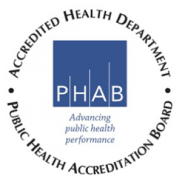Little Rock, Ark. – Every 40 seconds, someone in the United States has a stroke. In Arkansas, about 30 people are hospitalized from this disease each day.
In recognition that May is Stroke Awareness Month, the Arkansas Department of Health (ADH) urges those who care for others to learn the stroke warning signs, since bystanders often need to act fast in an emergency.
“Stroke is the leading cause of disability and long-term care admission among working adults 65 years of age and younger in Arkansas,” said Bala Simon, MD, DrPH, ADH Deputy Chief Medical Officer, and State Chronic Disease Director. “The good news is, most of these strokes are preventable with lifestyle modification such as smoking cessation, a low salt diet, eating more fruits and vegetables, regular exercise, and good blood pressure control.”
In 2020, 10,969 Arkansans had strokes, and 1,684 died from this disease. In 2020, the state had the 10th highest stroke death rate in the United States.
Remembering the B.E.F.A.S.T. acronym is a way to recognize a stroke and what to do when a stroke is suspected:
B – Balance: Is there a sudden loss of balance or coordination?
E – Eyes: Is there a sudden change in vision or trouble seeing?
F – Face Drooping: Does one side of the face droop or is it numb? Ask the person to smile.
A – Arm Weakness: Is one arm weak or numb? Ask the person to raise both arms. Does one arm drift downward?
S – Speech Difficulty: Is speech slurred, are they unable to speak, or are they hard to understand? Ask the person to repeat a simple sentence like, “The sky is blue.” Is the sentence repeated correctly?
T – Time to call 9-1-1: If the person shows any of these symptoms, even if the symptoms go away, call 9-1-1 and get them to the hospital immediately.
Other than a prior stroke, major stroke risk factors include:
- High blood pressure – It’s the most important controllable risk factor for stroke. About 77 percent of people who have a first stroke have blood pressure higher than 140/90 mm Hg. An estimated 93 million Americans have hypertension.
- Transient ischemic attack – About 15 percent of strokes are preceded by a TIA (or “ministroke”).
- Atrial fibrillation (Afib) – It increases stroke risk up to five times and affects more than 2.7 million Americans.
- Smoking – Current smokers have two to four times the stroke risk of nonsmokers or those who quit more than 10 years ago.
If any of these risk factors are present, it is important to follow up with a primary care physician on a yearly basis.
Arkansas is working to make strides in the treatment of acute stroke, through the UAMS Institute of Digital Health and Innovation Stroke Program, Mercy telestroke, and the Arkansas Stroke Ready Hospital (ArSRH) designation program. Know the warning signs and act. Remember BE FAST!
Visit www.healthy.arkansas.gov for more information on stroke prevention in Arkansas.
###


